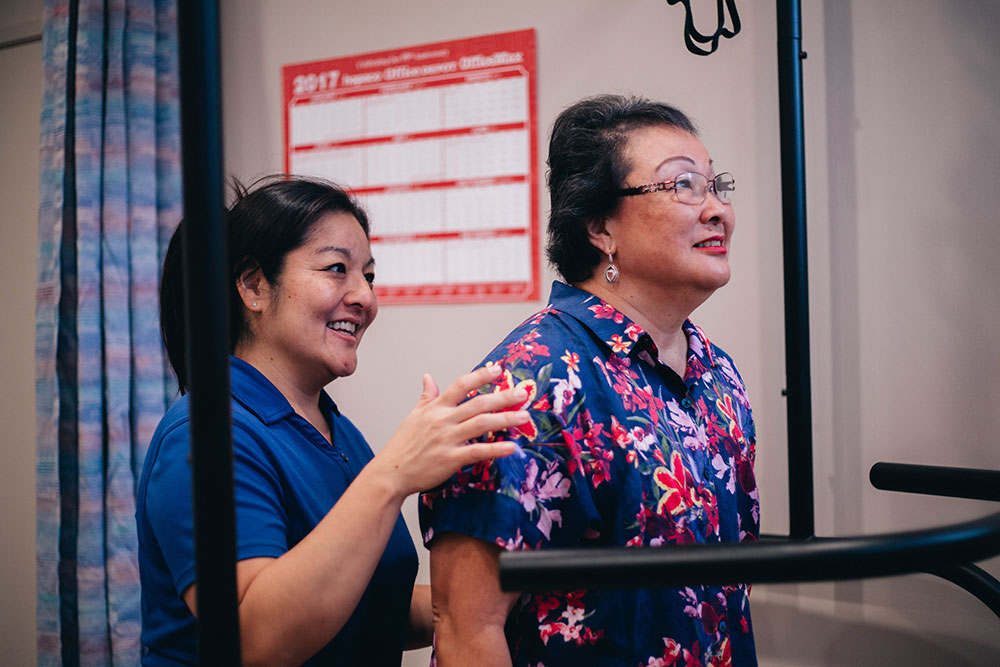Urinary Incontinence, or the loss of bladder control, afflicts more than 25 million Americans. About 80% are women, and research shows that those who take part in rehabilitation therapy see improvements with their quality of life. The Pelvic Floor Rehabilitation Program improves the quality of life in those who experience urinary incontinence or the loss of bladder control, pelvic pain, fecal incontinence, dyspareunia and constipation.
Pelvic Floor Rehabilitation

Who Qualifies?
Individuals who suffer from:
- Stress incontinence
- Urge incontinence
- Overflow incontinence
- Mixed incontinence
- Functional incontinence
- Pelvic pain
- Fecal incontinence
- Dyspareunia
- Constipation
Benefits
- Improved pelvic floor muscle strength
- Controlling the Urge Techniques/Exercises
- Bladder Training
What's Included?
- Health promotion (physical activity)
- Customizing therapeutic exercises and activities to maximize strength and endurance
- One-on-one sessions working with physical therapist who has more than 15 years of experience with Pelvic Floor (Urinary Incontinence) rehabilitation
Benefits of Pelvic Floor Therapy
Cheri Teranishi-Hashimoto, Therapy Director and Women's Health & Cancer Rehabilitation Program Director, explains how REHAB’s program can help to improve common pelvic floor issues.
Our Care Team
Patients work with a team of cancer rehabilitation specialists, including physical therapists and exercise physiologists, to create a program tailored specifically towards improving quality of life.
Innovative Technology
- Pilates equipment
- Gyrotonic equipment
- Bertec Balance Master
- CTS 2000 & MR-20
- Alter-G

